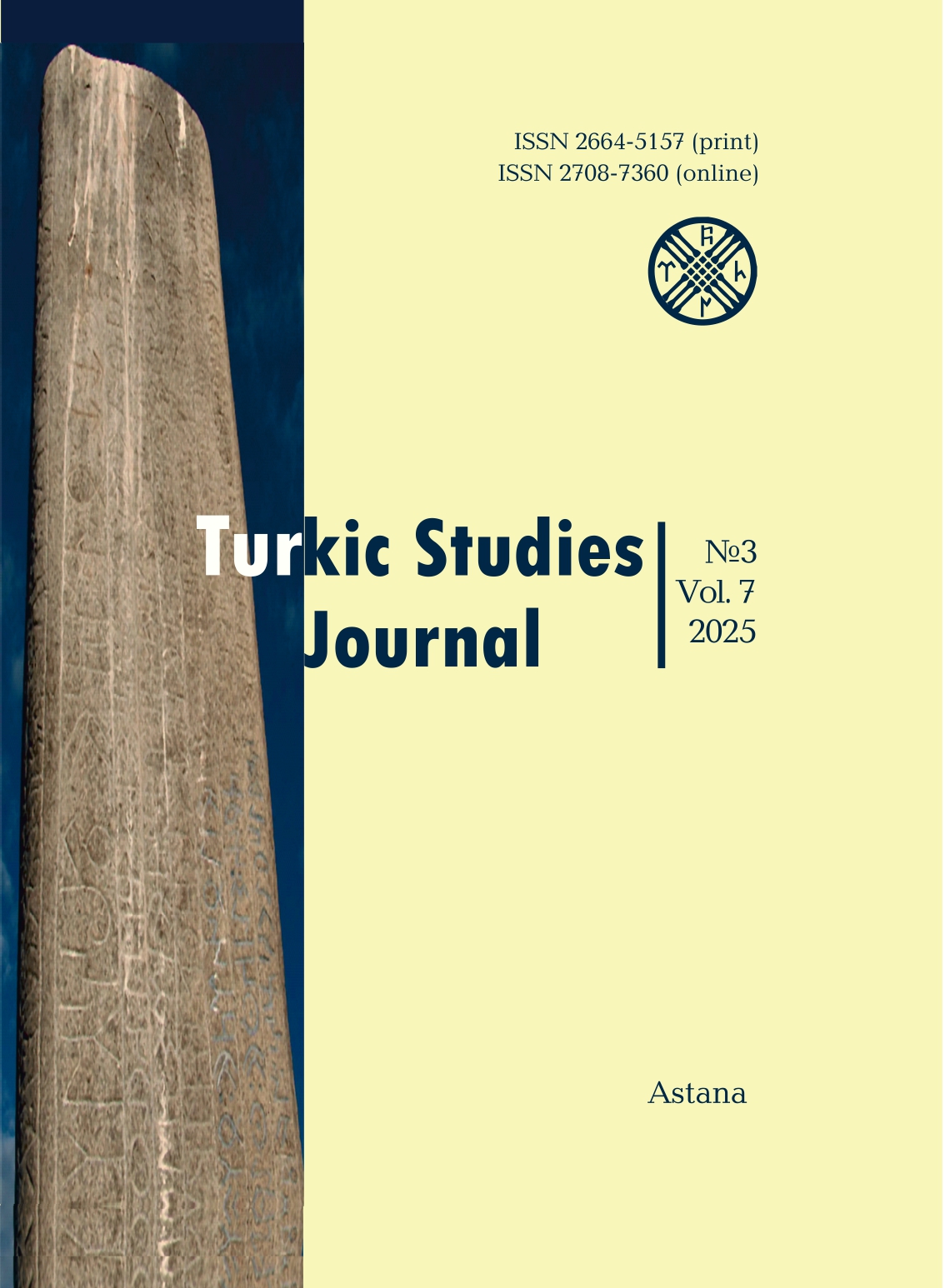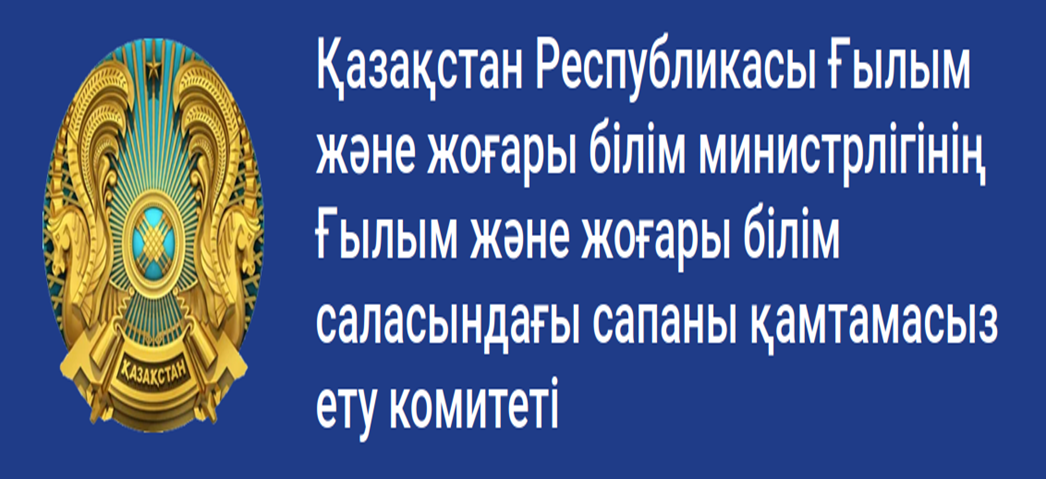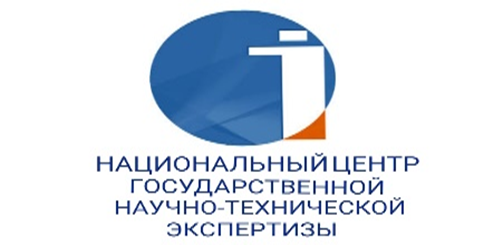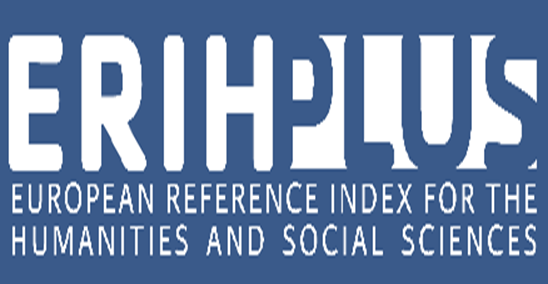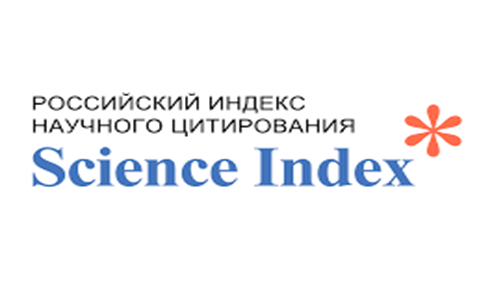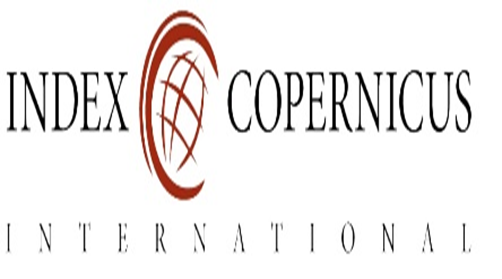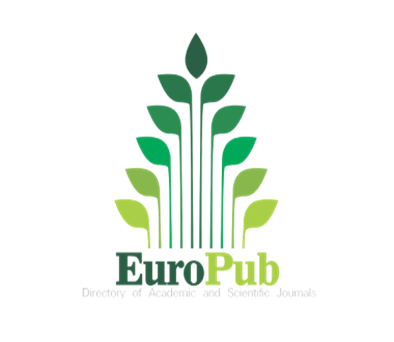Comparative and typological features of consonant system in Turkic languages
Views: 178 / PDF downloads: 61
DOI:
https://doi.org/10.32523/2664-5157-2025-3-166-185Keywords:
Turkic languages, phonetic-phonological system, sound changes, phoneme, consonantism, comparative analysis, diachronic studies, anlaut, inlaut, auslaut positionsAbstract
The article examines the consonant system of Turkic languages, which undergoes modifications in accordance with the articulatory features of the language. Identification of such changes as adjacent phoneme interaction, sound harmony, phoneme transformation, sound merging, their combinatorial variation depending on a speech rate, vowel assimilation between two consonants, sound voicing, etc., is the primary task of phonology. A comparative study of similar phonological patterns in related Turkic languages is currently a pressing task. The comparative-historical method of studying Turkic languages, which traces its origin back to Mahmud Kashgari’s work “Diwan Lughat-at-Turk”, has contributed significantly to determining the phonological structure of dialects within this language family. The comparative-historical study of languages is a research method based on the comparison of various historical and diachronic phenomena or processes to identify similarities, differences, and patterns observed over a certain period. This method allows for deeper understanding of the characteristics of individual languages included in a given language group, general trends in the development of related languages, and the acoustic-articulatory nature of consonants in general. The primary purpose of the article is to identify the phonetic and structural features of the consonant systems of related Turkic languages (Kazakh, Bashkir, Uyghur, Karakalpak, Khakass, Shor, Chuvash, among others) through a comparative and typological lens. To achieve this goal, the study focuses on analyzing consonantal structure of these languages, the emergence of new phonemes, and the patterns by which they are integrated into phonological system of the language in the language sound system. The article applies a descriptive approach, drawing on existing research materials and data related to Turkic languages. It examines the distribution and behavior of consonant sounds in various word positions (anlaut, inlaut, and auslaut), highlighting both commonalities and differences. The analysis examines phoneme composition, sound harmony, articulatory features, and consonant transformations from both phonetic and phonological perspectives. Identifying shared and language-specific traits highlights the study’s significance. Consonant variability shapes language norms, affects acquisition and competence, and informs the development of language processing technologies. The investigation of consonantal variation based on linguistic data has important implications for both theoretical and applied linguistics.
Reference
Аралбаев Ж., 1988. Қазақ фонетикасы бойынша этюдтер. Алматы. Ғылым. 144 б.
Баскаков Н.А., 1988. Историко-типологическая фонология тюркских языков. М: Наука. 208 с.
Базарбаева З.М., 2022. Қазақ фонологиясының негіздері. Алматы. Эверест. T. 2. 460 б.
Ескеева М., 2007. Көне түркі және қазіргі қыпшақ тілдерінің моносиллабтық негізі. Алматы. Арыс. 360 б.
Мұсабаев Ғ., 1988. Қазақ тілі тарихынан. Алматы. Мектеп. 135 б.
Омарбеков С., Жүнісов Н., 1985. Ауызекі тіліміздегі дыбыс жүйесі. Алматы. Мектеп. 206 б.
Оразов М., 2004. Түркі тілдерінің зерттеліне бастауы туралы. Түркология. №4. 2004. Б. 87-95.
Сағындыкулы Б., 2009. Түркі тілдерінің сөздік құрамының дамуының фонологиялық заңдылықтары. Алматы. Арыс. 308 б.
Сравнительно-историческая грамматика тюркских языков. Региональные реконструкции, 2002. Москва: Наука. 767 с.
Томанов М., 1981. Қазақ тілінің тарихи грамматикасы: фонетика, морфология. Алматы. Мектеп. 206 б.
Baitchura U.Sh., 1975. The sound structure of the Turkic languages in connection with that of the Finno-Ugric ones: (An instrumental-phonetic and phonologic investigation): Part II: The Turkic Consonatism. Central Asiatic Journal, 4 (Vol. 19). P. 241-263.
Bazarbayeva Z., Ospangaziyeva N., Zhalalova A., Koptleuova K., Karshigayeva A., 2024. Syllable Theory and Diachronic Phonology: Vocalism and Consonantism in Turkic Languages. Eurasian Journal of Applied Linguistics. 10 (1). 2024. P. 50-59.
Darvishov I.U., 2022. Signs of the Consonant Positions in Turkic Languages (The Examples in Namangan Area Kipchak Dialects in the Republic of Uzbekistan). International Journal of Early Childhood Special Education, 5 (V.14). 2022. P. 7649-7652.
Johanson L., Csató É. (eds.), 1998. The Turkic Languages. London, New York, Routledge. 474 p.
Namazova A.M., 2024. The main characteristics of sounds in turkish languages. // Endless light in science. Т.20. №1. P. 463-465. [Electronic resource] – URL: https://cyberleninka.ru/article/n/the-main-features-of-the-sound-system-of-turkic-languages-1 (дата обращения: 02.07.2025).
Yarmukhamed M., 2024.Analytical review of phonological patterns across Turkic languages. // Лингвоспектр. 2 (2). P. 23–28. [Electronic resource] – URL: https://lingvospektr.uz/index.php/lngsp/article/view/199 (Accessed at: 02.03.2025).
Reference
Aralbaev Zh., 1988. Qazaq fonetikasy bojynsha jetjudter [Studies in Kazakh phonetics]. Almaty: Gylym. 144 p. [in Kazakh].
Baskakov N.A., 1988. Istoriko-tipologicheskaja fonologija tjurkskih jazykov [Historical-typological phonology of Turkic languages]. Moscow: Nauka. 208 p. [in Russian].
Bazarbayeva Z.M., 2022. Qazaq fonologijasynyn negіzderі [Fundamentals of Kazakh Phonology]. Almaty: Everest. Volume 2. 460 p. [in Kazakh].
Musabayev G., 1988. Qazaq tіlі tarihynan [From the history of the Kazakh language]. Almaty: Mektep. 135 p. [in Kazakh].
Omarbekov S., Zhunisov N., 1985. Auyzekі tіlіmіzdegі dybys zhujesі [The sound system in our spoken language]. Almaty: Mektep. 206 p. [in Kazakh].
Orazov M., 2004. Turkі tіlderіnіn zerttelіne bastauy turaly [On the beginning of the study of Turkic languages]. Turkology. No. 4. 2004. P. 87- 95. [in Kazakh].
Sagyndykuly B., 2009. Fonologicheskie zakonomernosti razvitija leksiki tjurkskih jazykov [Phonological regularities of the development of the vocabulary of Turkic languages]. 2nd edition. Almaty: Arys. 308 p. [in Russian].
Sravnitel'no-istoricheskaja grammatika tjurkskih jazykov. Regional'nye rekonstrukcii [Comparative-historical grammar of the Turkic languages. Regional reconstructions]. 2002. Moscow: Nauka. 767 p. [in Russian].
Tomanov M., 1981. Qazaq tіlіnіng tarihi grammatikasy: fonetika, morfologija [Historical grammar of the Kazakh language: phonetics, morphology]. Almaty: Mektep. 206 p. [in Kazakh].
Yeskeeva M., 2007. Kone turkі zhane qazіrgі qypshaq tіlderіnіn monosillabtyq negіzі [The monosyllabic basis of the ancient Turkic and modern Kipchak languages]. Almaty: Arys. 360 p. [in Kazakh].
Baitchura U.Sh., 1975. The sound structure of the Turkic languages in connection with that of the Finno-Ugric ones: (An instrumental-phonetic and phonologic investigation): Part II: The Turkic Consonatism. Central Asiatic Journal. 4 (Vol. 19). P. 241-263.
Bazarbayeva Z., Ospangaziyeva N., Zhalalova A., Koptleuova K., Karshigayeva A., 2024. Syllable Theory and Diachronic Phonology: Vocalism and Consonantism in Turkic Languages. Eurasian Journal of Applied Linguistics. 10 (1), 2024. P. 50-59.
Darvishov I.U., 2022. Signs of the Consonant Positions in Turkic Languages (The Examples in Namangan Area Kipchak Dialects in the Republic of Uzbekistan). International Journal of Early Childhood Special Education, 5 (V.14). 2022. P. 7649-7652.
Johanson L., Csató É. (eds.), 1998. The Turkic Languages. London; New York, Routledge. 474 p.
Namazova A.M., 2024. The main characteristics of sounds in turkish languages. Endless light in science. V.20. No1. P. 463-465. [Electronic resource]. Available at: https://cyberleninka.ru/article/n/the-main-features-of-the-sound-system-of-turkic-languages-1 (Accessed 02.07.2025). Yarmukhamed M., 2024. Analytical review of phonological patterns across Turkic languages. Lingvospectr [Linguospectrum]. No. 2 (2). P. 23-28. [Electronic resource]. Available at: https://lingvospektr.uz/index.php/lngsp/article/view/199 (Accessed 02.03.2025).
Downloads
Published
How to Cite
Issue
Section
License
Copyright (c) 2025 Turkic Studies Journal

This work is licensed under a Creative Commons Attribution-NonCommercial 4.0 International License.

